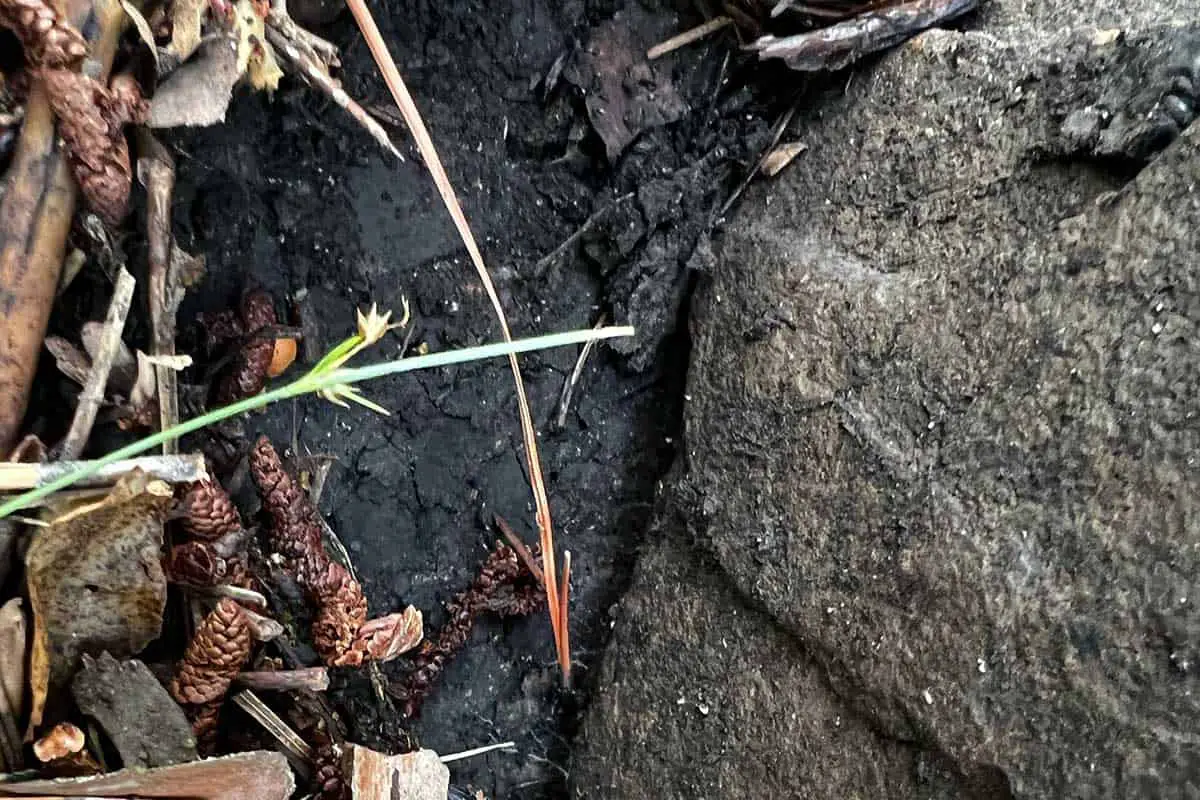Animals that live under rocks are fascinating. They don’t get as much attention as their above-ground cousins, but they have just as many unique adaptations and behaviors. This post will give you a rundown of the most common animals that live in rock crevices, including lizards, frogs, salamanders and more!
Animals that live under rocks
Below we’ve compiled this list of some of the most common animals that live under rocks.
1. Snakes

Snakes are reptiles that spend most of their life on the ground, in water, or even in trees. Snakes have many adaptations to help them survive in their habitats, such as scales which help protect them from injury.
They can move quickly through sand, water, and moth other terrains even with the lack of legs. Snakes often coil up and hide under rocks for shelter. So even larger snakes can fit under rocks and some may be venomous, so be careful when turning over rocks.
2. Toads

Toads are amphibians, but they actually have rough and bumpy skin unlike frogs. They can be found in a variety of habitats, from tropical rainforests to deserts, but they prefer damp places like leaf litter or under rocks.
The majority of toads are carnivores, eating mainly insects and other invertebrates though some are large enough to eat small vertebrates like fish, lizards, and other frogs and toads. They use their long tongues to pick up food on the ground or catch it mid-air!
Some toads release toxins through their skin when threatened (these toxins make humans sick); others turn black when touched by potential enemies.
3. Frogs

Toads are a type of frog, but frogs are different in many ways. Frogs have wet skin and more often live in or neat water. Though both can be found beneath rocks to get out of the heat and hiding from predators.
Frogs are amphibians, meaning that they can live on land or in water. They are also cold-blooded, which means that their bodies don’t have to work as hard to maintain their body temperature. Frogs usually come out at night when it’s cooler.
4. Lizards
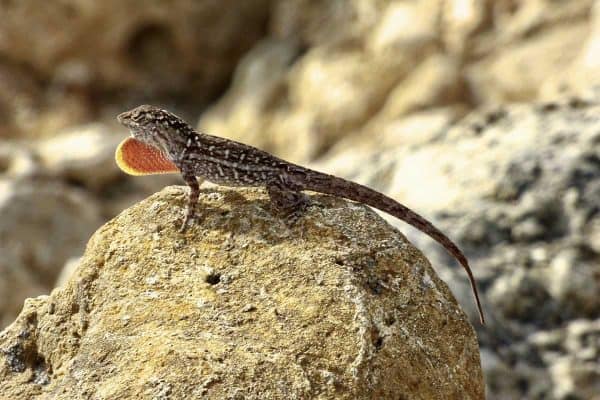
Lizards are cold-blooded reptiles, which means their body temperature is dependent on the environment around them. Lizards have scales and claws for climbing.
Most lizards can be found in a variety of habitats like deserts, grasslands, forests, and swamps. Lizards also burrow under rocks to escape predators or extreme weather conditions or when danger approaches.
5. Salamanders
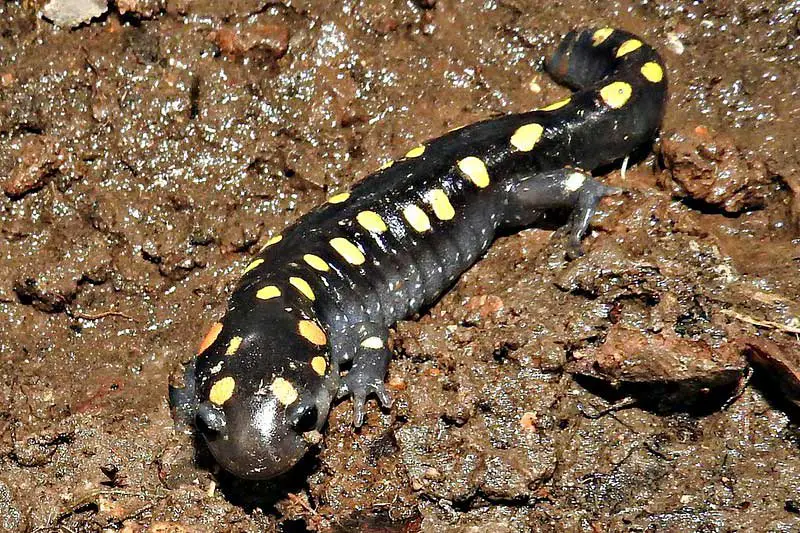
Salamanders are amphibians, meaning they have a moist skin and spend part of their life on land and part in water. They lay eggs that hatch into aquatic larvae. While salamanders look very similar to lizards, they are different in many ways. One of the similarities between these animals is they both can be found hiding under rocks !
Some salamanders live most of their adult lives on land and are considered semi-aquatic, while others spend their lives in the water and are considered aquatic.
6. Newts

Newts are amphibians and are found near ponds, streams and lakes but are typically terrestrial animals. They eat insects and sometimes small vertebrates. Newts can be nocturnal or diurnal.
They are cold-blooded reptiles and like the other animals on this list, are often found living under rocks. Newts have dry skin unlike salamanders whose skin is usually wet, and unlike lizards they do not have scales. 7. Spiders
7. Spiders
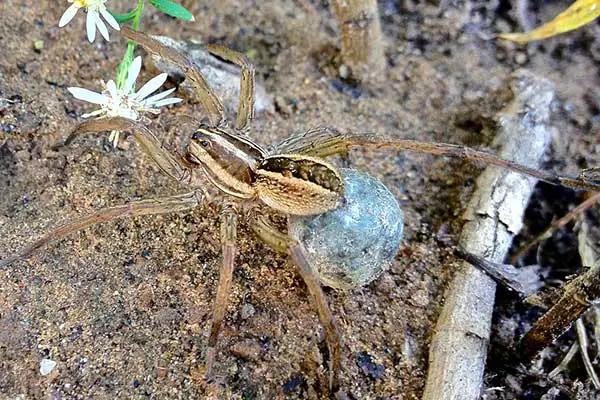
Spiders are arachnids and have eight legs. They’re carnivores, predators and many spin large webs where they catch their prey. Spiders are also beneficial to the environment because they keep other insects under control and can help keep the population of harmful insects down.
Some spiders spend much of their time on the ground and do live under rocks and other objects on the forest floor.
8. Millipedes and Centipedes
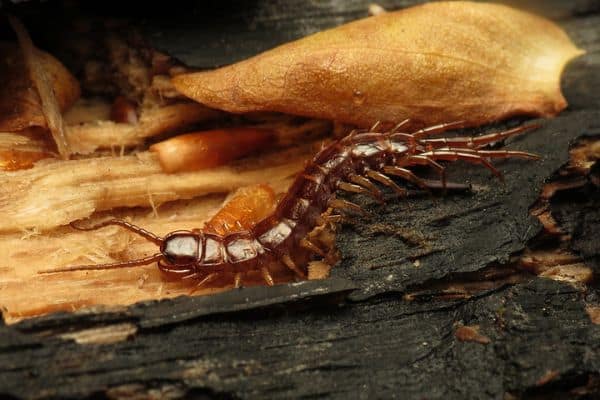
The millipede and centipede are both arthropods, but they have many differences. Millipedes don’t actually have 1,000 legs but many species may have as many as 400 or more. Centipedes typically have fewer legs than millipedes, but they don’t necessarily have 100 legs.
They have one pair of legs per body segment, and the number of body segments a centipede has depends on the species. Some species of centipedes are even venomous. Both millipedes and centipedes are decomposers and can be found in gardens or under rocks.
9. Worms

Like centipedes and millipedes, worms are also decomposers. They play an important role in the cycle of life on earth by eating dead organic matter, breaking it down into simpler compounds and then releasing them back into the soil for plants to use as nutrients.
They’re an important part of their ecosystems and the food chain that they’re a part of. Worms live in the ground and are commonly seen when you look under rocks.
10. Beetles and other insects

Beetles and other types of insects are also commonly found seeking shelter beneath rocks. If you turn over a rock you’ll see them scatter as the roof of their house has just been ripped off.
Most of these insects totally harmless, but you should always be careful and don’t just pick them up as you never know which ones may sting or bite.
Conclusion
If you’re ever walking through a forest or even in your own backyard, lift up a rock and see what you can find. Take a closer look to see what kind of animals might be living under it.
Just remember, you never know what’s going to be under it. Even though it might be rare, there could even be something dangerous!
